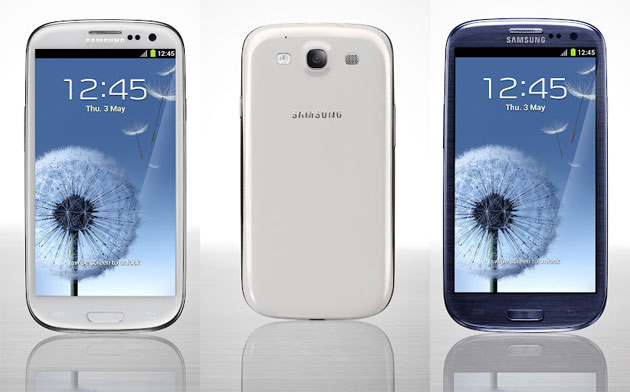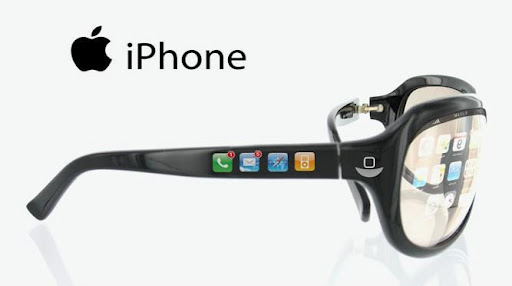Samsung is at the forefront of the great smartphone wars. They are currently the leading manufacturer of Android phones, with one successful launch after another. The Galaxy S phones brought about a revolution that took the world by storm. Sure, there are other manufacturers that sell Android phones, but you don’t hear as much about them, as you do with Samsung. The Samsung Android phones have some sort of allure that people just want, despite the fact that many claim to hate the addition of Touchwiz to the platform.
 Many people hate Touchwiz and its counterparts with other companies. It veers away from the Stock Android design that many clamor for. Yet, they still buy Samsung devices, mainly for its power, and its design that simply fits your needs. Everyone can also attest to the power of their Exynos chips and stunning screens. People just wish there was not an additional layer to the default Android OS experience. Why? Because it hampers updates. Android phones suffer from delayed updates, mainly because each manufacturer has to reprogram the Android OS to sport their layer of launchers and environments. This adds to the time needed to compile and create a working version of Android tailored for their devices.
Many people hate Touchwiz and its counterparts with other companies. It veers away from the Stock Android design that many clamor for. Yet, they still buy Samsung devices, mainly for its power, and its design that simply fits your needs. Everyone can also attest to the power of their Exynos chips and stunning screens. People just wish there was not an additional layer to the default Android OS experience. Why? Because it hampers updates. Android phones suffer from delayed updates, mainly because each manufacturer has to reprogram the Android OS to sport their layer of launchers and environments. This adds to the time needed to compile and create a working version of Android tailored for their devices.
If this adds so much work, why do manufacturers still keep the skins? Separation. They want to make sure that when their customers boot the device, they would be able to identify that “this is a Samsung” or “this is an HTC”, etc. They are not content with making sure they have a distinct looking hardware, they want their presence to also be felt when the customers are navigating the device menus.
They have a point you see. There are many Android OS manufacturers. Each of them can only stretch the limits of hardware so far. If each device sported the same or similar specs, they would lose the edge they have over the competition of they do not differ in product experience.
Still, skins like Touchwiz and Motoblur can only go so far. The user experience is still Android OS, with a few aesthetic and functional differences. Now that Google has bought Motorola Mobility, Samsung predicts that their partner will soon become their competitor as well. It’s such an irony that this is the same situation that they are facing with Apple, which is also one of their biggest partners.
 Samsung feels like they need to veer away from relying on Android, by focusing on BADA, their own OS. They have been investing in BADA for quite a while now, and the BADA handsets are actually available in select areas of the world. They realize that soon, Motorola will have the unfair advantage of the most integrated Android OS on their handsets, while Samsung and the rest are left with the scraps to work with, hoping that their “skins” will be enough to set them apart and encourage the consumers to buy their products.
Samsung feels like they need to veer away from relying on Android, by focusing on BADA, their own OS. They have been investing in BADA for quite a while now, and the BADA handsets are actually available in select areas of the world. They realize that soon, Motorola will have the unfair advantage of the most integrated Android OS on their handsets, while Samsung and the rest are left with the scraps to work with, hoping that their “skins” will be enough to set them apart and encourage the consumers to buy their products.
Still, as we’ve learned, Samsung is incredibly successful with their Android products. Their Android phones are the best in the market so far, and the most preferred units by many who seek the Android experience. Their BADA devices are not quite up to speed yet, and may never be as popular as Android. Will Samsung have the strength to veer away from the Android experience so that they can assert their software individuality? Or do you foresee that move as potentially Samsung’s biggest mistake?

 It would be interesting for Samsung to take on a path similar to Apple, who creates a marriage between hardware and software, but it would be hard to imagine that working with Samsung’s business model. Why can I say that? Simply because in Samsung’s model, it would be very hard or impossible to marry the software with the hardware. They like making one device for every size and budget, with different specs and looks. At best, they can recreate a mini Android model. Apple’s system works simply because they minimize the types of hardware that the OS is used on, so they can tailor the OS to work closer together with the hardware created. I feel like it will be a bad move for Samsung to completely abandon Android. It’s their greatest cash cow at the moment. What they can do is to create a different market for the BADA devices, while maintain a separate division for Android phones, which is what they are doing today. It works, and I’m sure someone in the board thinks so as well.
It would be interesting for Samsung to take on a path similar to Apple, who creates a marriage between hardware and software, but it would be hard to imagine that working with Samsung’s business model. Why can I say that? Simply because in Samsung’s model, it would be very hard or impossible to marry the software with the hardware. They like making one device for every size and budget, with different specs and looks. At best, they can recreate a mini Android model. Apple’s system works simply because they minimize the types of hardware that the OS is used on, so they can tailor the OS to work closer together with the hardware created. I feel like it will be a bad move for Samsung to completely abandon Android. It’s their greatest cash cow at the moment. What they can do is to create a different market for the BADA devices, while maintain a separate division for Android phones, which is what they are doing today. It works, and I’m sure someone in the board thinks so as well.
Image Sources: badaapps.org, androidandme.com, careace.net, apple.com
















